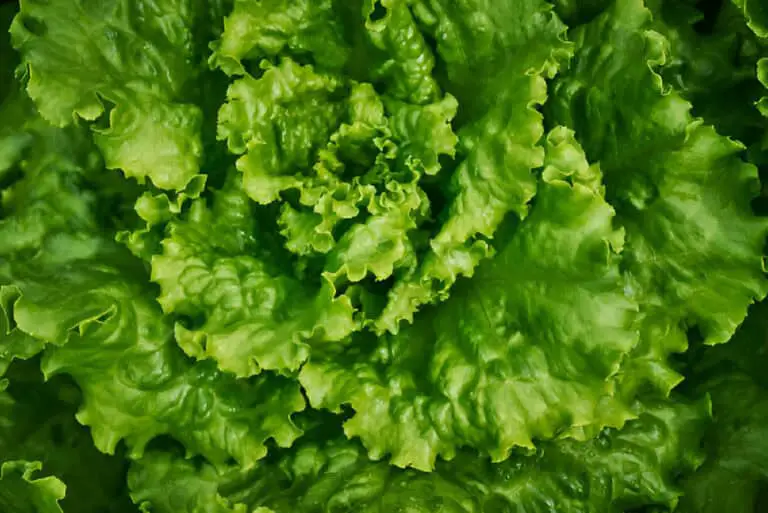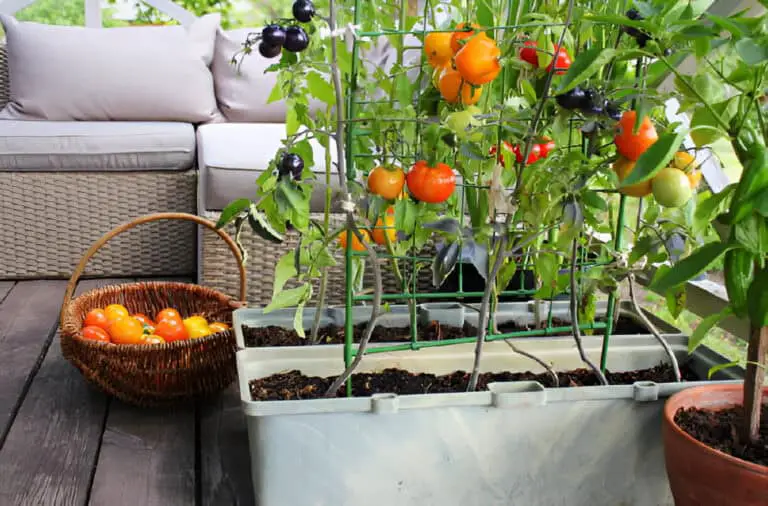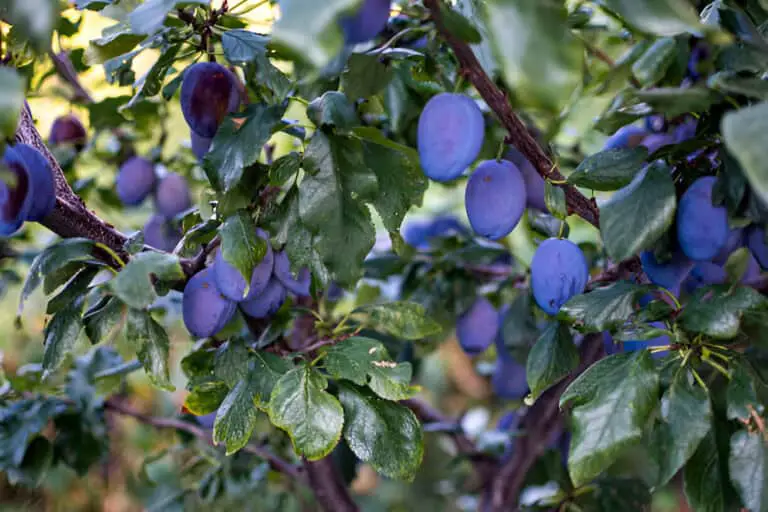Are Cantaloupes Fruit or Vegetable? Understanding Their Classification
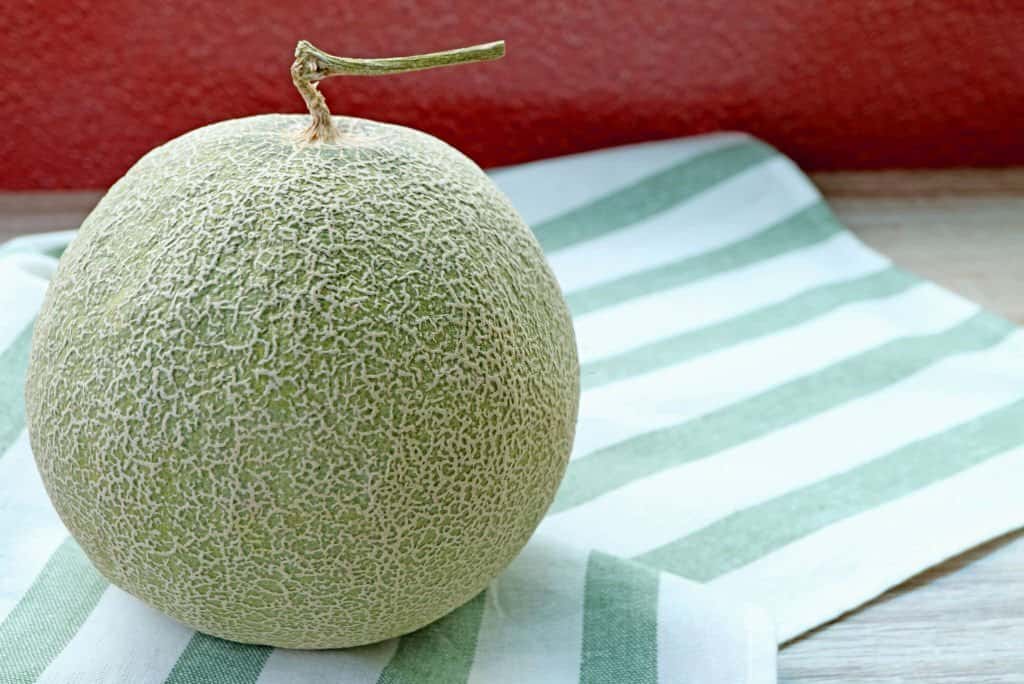
Hey there, foodies! Have you ever been confused about what category cantaloupe falls into—fruit or vegetable? It’s a debate that has puzzled many of us for years. Some say it’s a fruit because it’s sweet and juicy, while others argue that it’s a vegetable because it grows on a vine like other vegetables. So, which is it?
Some people may argue that cantaloupes are vegetables because they are part of the squash family, but most people consider them to be a type of fruit.
The debate over whether cantaloupe is a fruit or a vegetable has been around for years. The answer, however, is not so clear-cut.
We’ll take a closer look at its taste, appearance, and nutritional benefits, and weigh in on the age-old question of whether it’s a fruit or vegetable. By the end of this article, you’ll have a better understanding of what makes cantaloupe such a beloved fruit—or is it a vegetable?
History of Cantaloupe Cultivation
Cantaloupe is a type of muskmelon that has been cultivated for thousands of years. The exact origin of cantaloupe is unclear, but many historians believe it was first grown in Persia, which is now modern-day Iran. From there, it spread to other parts of the world, including Europe, Africa, and eventually the Americas.
Cantaloupe was a popular fruit in ancient Greece and Rome. It was considered a treat and was often served at feasts and banquets. The fruit was also used as medicine, and it was thought that it would cool the body down. During the Middle Ages, people continued to grow cantaloupes all over Europe. By the 15th century, the fruit had reached the New World, where cantaloupes was grown by Native American tribes.
In the 1800s, cantaloupes were grown in more places in the United States, especially in the western states. The fruit was first grown commercially in California, which remains one of the top producers of cantaloupe in the country to this day. Cantaloupe is a popular summer fruit that is eaten in many different ways around the world, from fresh slices to smoothies and sorbets.
Despite its long history, the cultivation of cantaloupe continues to evolve and improve. Modern farming methods have made it easier to grow cantaloupe in a wider range of environments, and scientists are still working on making new cantaloupe varieties that are less likely to get sick or be eaten by pests.
Whether you’re a farmer, a gardener, or simply a fan of this delicious fruit, it’s clear that cantaloupe will continue to be an important part of our culinary heritage for years to come.
Characteristics of Cantaloupe
Let’s dive into the juicy details of what makes cantaloupe such a unique fruit. First off, cantaloupes are a type of muskmelon, which are members of the gourd family. They have a tough, netted skin that ranges in color from tan to green and a vibrant, sweet-smelling flesh that’s usually orange but can sometimes be yellow or green.
Inside the fruit, there are small, edible seeds surrounded by sweet, juicy, and fragrant flesh. The texture of cantaloupe is soft and succulent, with a taste that’s both sweet and musky.
One of the most distinctive features of cantaloupe is its nutrient content. This fruit is a rich source of vitamins A and C, potassium, and fiber. Vitamin A is important for good eyesight, and vitamin C is an antioxidant that makes your immune system stronger.
Potassium is important for controlling blood pressure and keeping the kidneys healthy, and fiber helps the body digest food and get rid of waste. Beta-carotene, which gives cantaloupe its bright orange color and other health benefits, is also found in cantaloupe.
Another characteristic of cantaloupe is its versatility in the kitchen. This fruit can be used in a variety of dishes, from sweet to savory. It can be diced and added to fruit salads, smoothies, or yogurt bowls, or sliced and served on its own.
It can also be paired with salty ingredients like prosciutto, feta cheese, or balsamic vinegar for a delicious appetizer. Cantaloupe can also be roasted or grilled, which brings out its natural sweetness and smokiness.
Cantaloupe Is Considered a Fruit in Botany
In botany, a “fruit” is defined as the seed-carrying structure of a plant that comes from a ripened ovary of the plant. On the other hand, a vegetable consists of the plant’s other parts, such as its roots, stems, and leaves.
There are some that fit the botanical definition of a fruit that none of us think of as a fruit, such as green beans, individual corn kernels, carrot seeds, and tomatoes.
A cantaloupe fulfills the botanical or scientific definition of a fruit since it is what comes from a fertilized ovary and is the plant’s seed-carrying structure.
Cantaloupes are a part of the Cucurbitaceae family, also called the gourd family, which also includes squash, pumpkins, and watermelon.
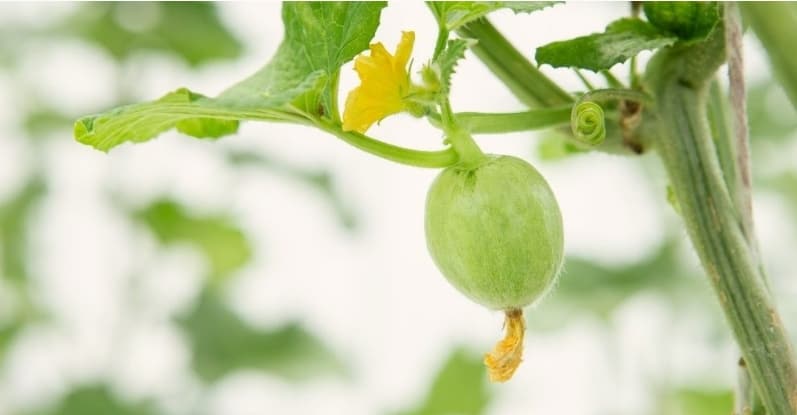
How Does the Supreme Court Define “Vegetables and Fruits”?
In 1893, there was a court case, Nix v. Hedden, about the definition of tomatoes as a fruit or vegetable. In this case, the plaintiff was a produce seller who wanted to get out of the tax on his tomato imports by calling them fruits. At the time, there was a 10% tax on imported vegetables and no tax on imported fruits.
Ultimately, the Supreme Court decided that the tomato was a vegetable, and by taking a quick look at how they came to that conclusion, we can apply their logic to other produce and see what the law would define them as.
The court called other produce merchants to testify and asked what common terms they used for various products when talking to customers and other merchants.
Both the lawyers for the plaintiffs and the defendants read definitions from the dictionary. The definitions of different products helped both sides prove their points.
In the end, the Supreme Court decided that although the tomato was botanically classified as a fruit, it was commonly thought of as a vegetable.
They also talked about how the tomato can be used in cooking, like other vegetables, as a main dish or a side dish.
A similar court case from 1889 was cited in which a person tried to get away with not paying taxes on beans by calling them seeds.
Cantaloupe Is Used in Culinary as a Fruit

Cantaloupe is often used in culinary preparations; top it with ham.
The culinary definition of fruits and vegetables has to do with when the produce is served as well as the taste and texture of it.
A fruit has a softer texture and a sweet or tart taste. Fruit is typically served as a snack or dessert. A vegetable, on the other hand, has a rougher texture and a bland or savory flavor and is usually served as part of the main course or as a side dish.
Because of cantaloupe’s sweetness, it is used in culinary dishes as a fruit.
In Horticulture, Cantaloupe is a Vegetable
Horticulture is similar to agriculture in that it is the growth of plants by humans to produce a product for human use, whether edible or not. Horticulture differs from agriculture in two ways. In horticulture, a wide variety of plants are grown, and they are grown on a smaller scale than commercial agricultural grow operations.
The definition of vegetable and fruit in horticulture is very simple. A vegetable is a herbaceous plant grown as an annual, and a fruit is a woody perennial.
An herbaceous annual plant is one that grows and dies every year. It has soft, bendable stems and a lot of green growth. A woody perennial is a plant with woody, firm stems or branches that comes back year after year to keep producing.
A cantaloupe is a vegetable in horticultural terms because it is an herbaceous plant that needs to be replanted each year. Most fruit trees, such as apples, cherries, and peaches, are woody perennials that are examples of fruits in horticulture.
Dictionary Definition of Cantaloupe, Vegetable, and Fruit
Cantaloupe is a small, widely cultivated muskmelon (Cucumis melo reticulatus) with a heavily netted rind and usually orange flesh.
Muskmelon is a usually sweet edible melon that is the fruit of an annual trailing or climbing Asian vine (Cucumis melo) of the gourd family.
Vegetable – a usually herbaceous plant (such as the cabbage, bean, or potato) grown for an edible part that is usually eaten as part of a meal
Fruit: the usually edible reproductive body of a seed plant, especially one having a sweet pulp associated with the seed.
source: Merriam-Webster
A cantaloupe fits loosely into the dictionary definition of a vegetable but fits almost perfectly into the definition of a fruit. Also, in the definition of cantaloupe, the cantaloupe is classified in the category of muskmelon, and the definition of muskmelon explicitly says that it is a fruit.
Culturally, Is Cantaloupe a Fruit or Vegetable?
In our culture, there is no doubt cantaloupes are thought of as fruits. They are commonly found in fruit salads, where they are served with other fruits. They are rarely, if ever, served as a main course with carbs and proteins. Cantaloupes can be made into desserts like sorbet and ice cream.
In many countries, it is served as a refreshing dessert, often paired with other fruits or whipped cream. In some cultures, it is even used as a symbol of good luck or prosperity.
10 Interesting Facts About Cantaloupes
- Cantaloupes are a type of muskmelon, which is a species of melon that also includes honeydew and watermelon.
- About 90% of cantaloupes grown in the US are grown in California, Arizona, and Texas.
- Cantaloupes get their name from the city of Cantalupo, Italy, where the fruit was first grown in the 1700’s.
- When cantaloupes are ripe they will “slip” from the vine by themselves.
- Cantaloupes have a rough, netted skin that can range in color from green to tan.
- In Australia cantaloupes are called rockmelons.
- Cantaloupe is 90% water. Consider having a cantaloupe next time you’re feeling thirsty.
- The seeds of a cantaloupe are edible and contain healthy fats and proteins.
- The ideal temperature for storing cantaloupes is between 32 and 36 degrees Fahrenheit.
- Cantaloupes are typically harvested when they reach maturity, and can continue to ripen after being picked.

